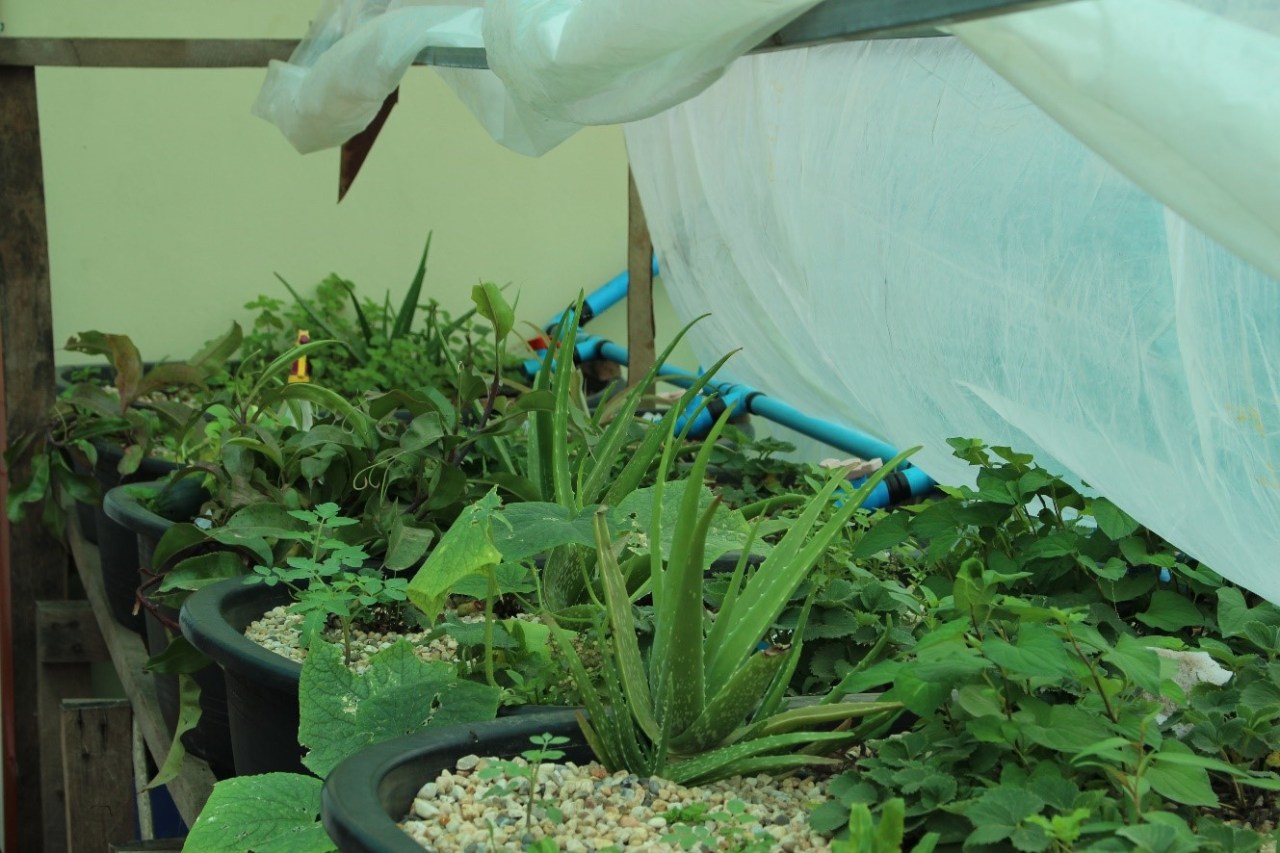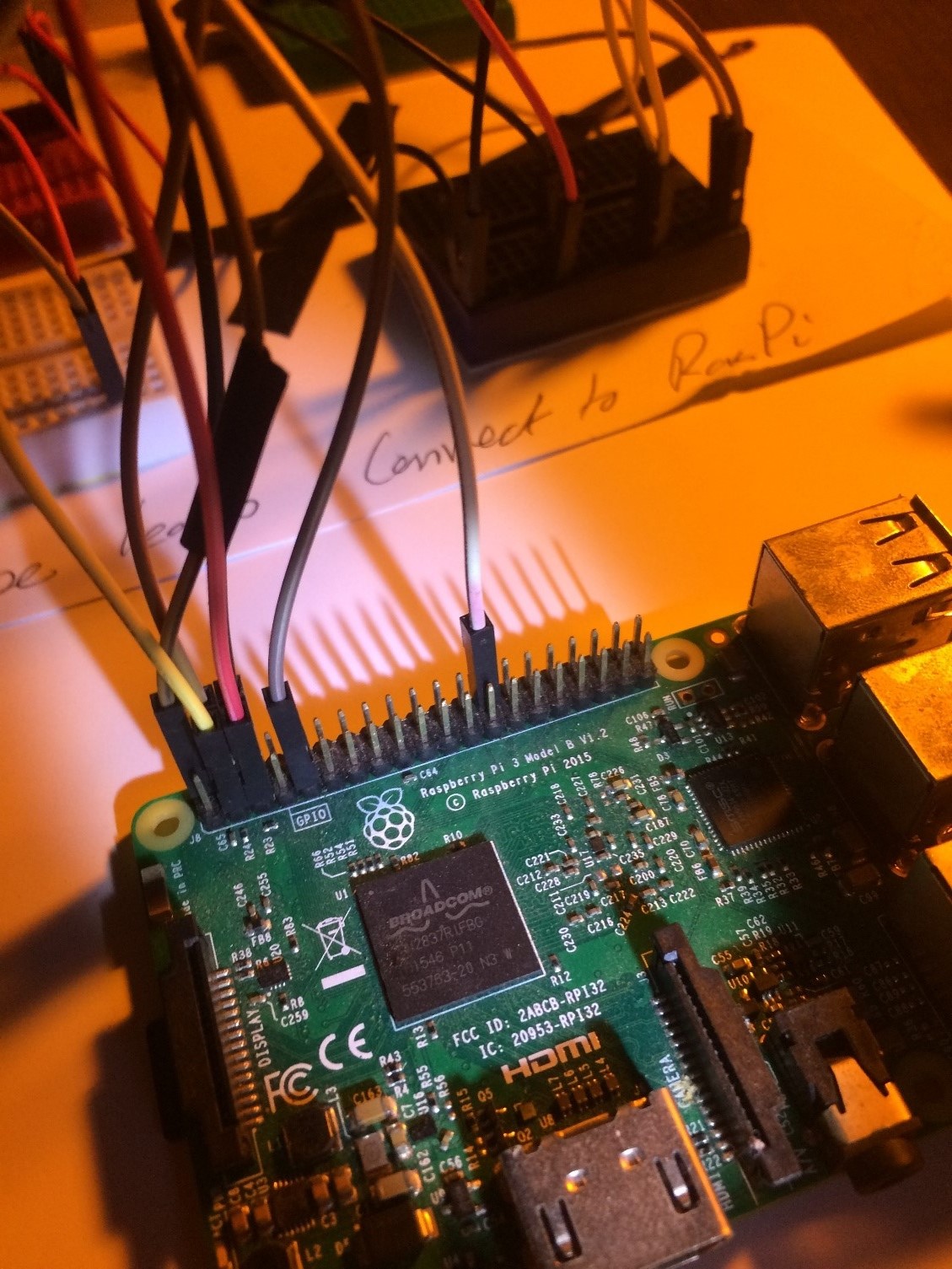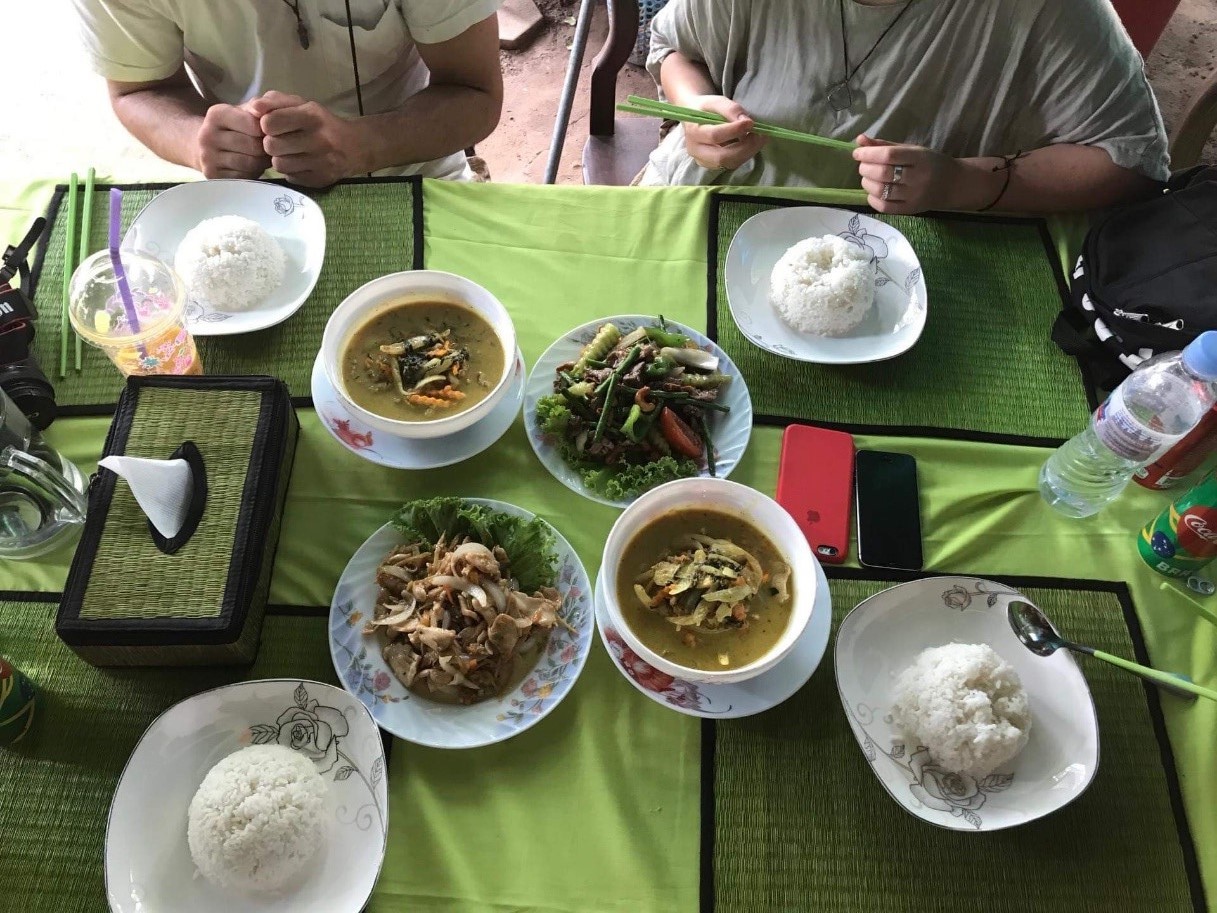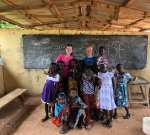Introduction.
In the year of 2018 I spent 4 weeks volunteering in Cambodia. I was part of a four-person engineering team from the University of Edinburgh and we were tasked with improving the existing aquaponics systems that were being used within the local community. I discovered this opportunity through a University society, known as, Engineering for Change. While in Cambodia we were volunteering through the local NGO, Community First.
What is Aquaponics.
Aquaponics focuses on the symbiotic relationship between fish and plants in a continuous water cycle. The working principle of the system is outlined below,
- Fish are contained in an elevated tank where they fertilise the water.
- This water is then gravity fed to plants in the growing beds.
- Having passed through the growing beds, the water collects in what is known as a sump tank.
- The water is then pumped from the sump tank back to the fish tank.
- The cycle then repeats.
Advantages of Aquaponics?
- The system operates a closed water cycle. As a result, far less water is used than traditional farming methods. Water reduction is essential in Cambodia as the dry season often leads to droughts.
- The growing beds also allow for a more diverse range of plants to be grown as most families only farm rice. By adopting a more varied diet then children in poverty will be less likely to suffer from malnutrition.
- Since aquaponics is such a flexible and adaptable system it is possible to grow everything from tomatoes to strawberries and other fruits not native to Cambodia. This gives families the opportunity to benefit economically by selling their produce at markets.
Exploring Ankor Wat.

Figure 1 – Ankor Wat is a large temple complex and UNESCO world heritage site. The ruins date to the 12th century, and at this time formed the largest city in the world. Furthermore, the temple complex remains the largest religious site in the world.
Small Girl, Big Bike.

Figure 2 – the local Cambodian people were very friendly and really appreciated the work we were doing. During out 4 weeks in the village the local children would often come around to see what we were working on.
Large Scale Aquaponics.

Figure 3 – the aim of the NGO was to install the mini aquaponics systems in each of the village houses. However, we were also tasked with automating the much larger system that existed on the Community First Campus. The larger setup involved six growing beds and forty fish.
Programming the Sensors.

Figure 4 – as previously mentioned we were tasked with automating the larger system that existed on the campus. This picture shows me programming some of the sensors that were being used to monitor pH and Nitrate levels in the water. Community First hopes to one day implement some of the technology of the automated system into the smaller aquaponic systems installed in the village.
Connecting the Sensors.

Figure 5 – the system was monitored using the Raspberry Pi, a fully programmable miniature computer. The above picture shows the sensors being connected to the GPIO pins of the Raspberry Pi.
Standard Meal in Cambodia.

Figure 6 – the food in Cambodia was fantastic and so different from anything in the UK. The standard meal consisted of a portion of rice with some sort of fish/ meat stew and would cost less that £1.50.
Preparing the Ground for Planting.

Figure 7 – while in Cambodia we also had the chance to help with some of the other projects. The above picture shows us preparing the ground for planting Pineapple, Bamboo and Sugar Cane.
Inspecting the Growing Beds.

Figure 8 – having completed an aquaponics system at a local house we then inspected the gravel beds with guidance from a local botanist. The gravel beds replace soil that is used in traditional farming methods and the water flows from the blue PVC pipes in the gravel beds before draining out at their base.
Completed Aquaponics System.

Figure 9 – Picture of the Engineering for Change team and member from Community first standing next to the finished aquaponics system.



Leave a comment